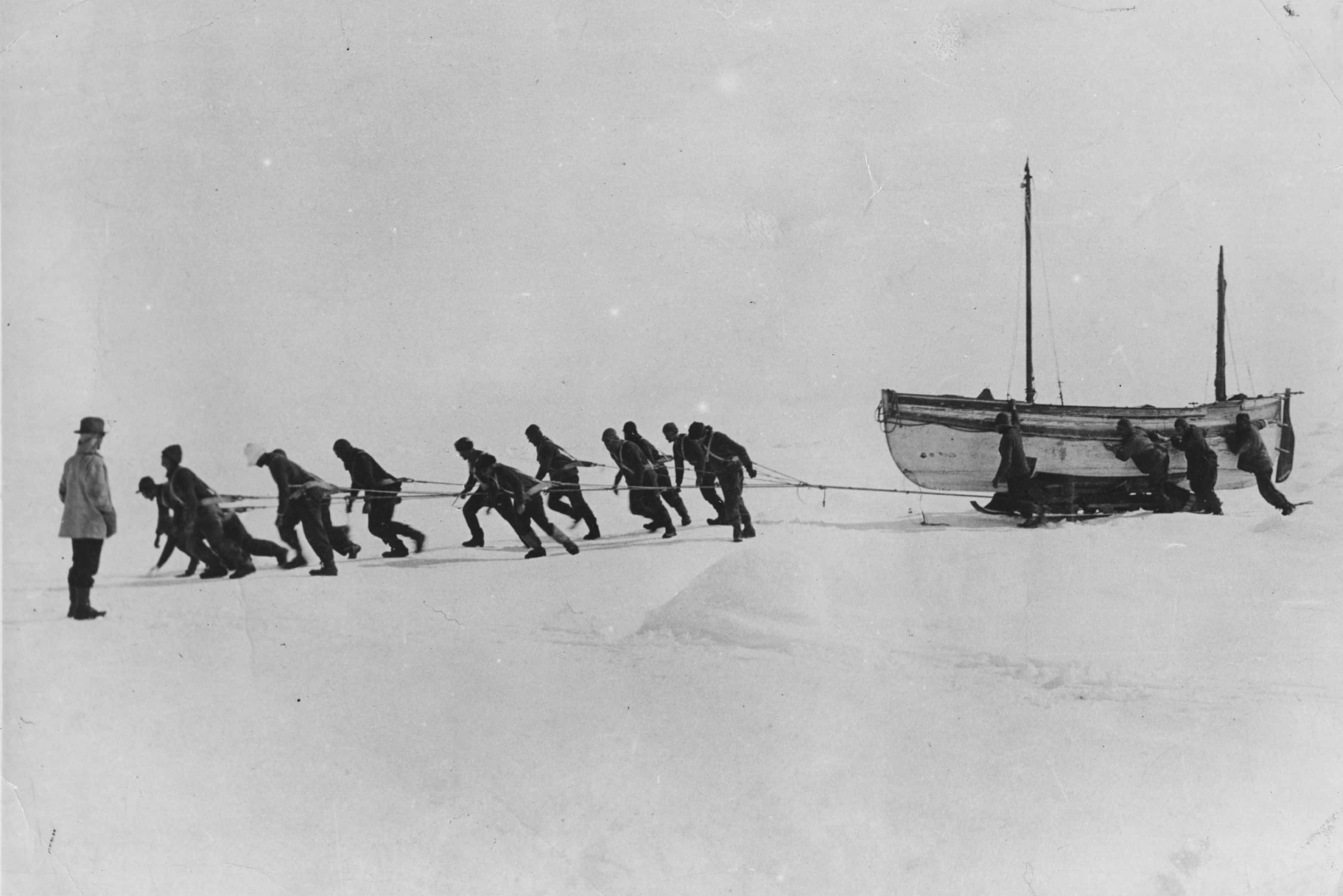'Milestone in polar history': Ernest Shackleton's lost ship Endurance found after 107 years

One of the world's most storied shipwrecks in maritime history has finally been found off the coast of Antarctica almost 107 years after sinking. Renowned Anglo-Irish explorer Ernest Shackleton's lost ship, Endurance's wreckage was found in the Weddell Sea near the northern coast of Antarctica on Saturday, March 5.
Organizers of the two-week expedition announced the historic find of the Endurance on Wednesday, March 9, at a depth of more than 9,869 feet in Antarctica's Weddell Sea, about 4 miles from where the 144-foot wooden ship was crushed by ice and sank on November 21, 1915. The Endurance22 expedition organized by the Falklands Maritime Heritage Trust, left Cape Town, South Africa on February 5, one month after the 100th anniversary of Sir Ernest's death, hoping to find the lost ship before the end of the Southern Hemisphere summer. Speaking about lost ships being discovered, back in 2020, a Google Earth user had spotted a '400 ft ice ship' in Antarctica. There were also reports of a 'ghost ship' found drifting alongside Myanmar shore sans its crew.
RELATED ARTICLES
HMS Endeavour: US, Australia locked in feud over remains of Captain Cook's ship
Lost for more than a century, explorer Ernest Henry Shackleton's 144-foot long ship, Endurance, has finally been discovered off the coast of Antarctica beneath the icy Weddell Sea. Explore more exclusive images: https://t.co/bJep1ePL1o pic.twitter.com/IMRJALfYVg
— National Geographic (@NatGeo) March 9, 2022
In 1914, the Anglo-Irish explorer attempted to make the first land crossing of Antarctica from the Weddell Sea via the South Pole. But, he had to abandon the quest when Endurance was trapped in ice, forcing all 28 men on board to abandon the ship. Miraculously, the explorer managed to get his men to safety on foot and on small lifeboats after spending months in makeshift camps on ice floes. The shipwreck, discovered 100 years after Shackleton's death is protected as a historic site and monument under the International Antarctic Treaty and experts have declared it must not be disturbed in any way.

Mensun Bound, the expedition's director speaking to the BBC said, "We are overwhelmed by our good fortune in having located and captured images of Endurance." He added, "This is by far the finest wooden shipwreck, I have ever seen. It is upright, well proud of the seabed, intact, and in a brilliant state of preservation. You can even see 'Endurance' arched across the stern directly below the taffrail." He further shared, "This is a milestone in polar history."

Dr John Shears, British polar explorer and the expedition leader, described the moment cameras landed on the ship's name as "jaw-dropping", reports The Scottish Sun. He said: "The discovery of the wreck is an incredible achievement. We have successfully completed the world's most difficult shipwreck search, battling constantly shifting sea-ice, blizzards, and temperatures dropping down to -18C. We have achieved what many people said was impossible." He added, "In addition, we have undertaken important scientific research in a part of the world that directly affects the global climate and environment."

Deep-sea polar biologist Dr Michelle Taylor from Essex University said: "It would appear that there is little wood deterioration, inferring that the wood-munching animals found in other areas of our ocean are, perhaps unsurprisingly, not in the forest-free Antarctic region." He continued, "The Endurance, looking like a ghost ship, is sprinkled with an impressive diversity of deep-sea marine life - stalked sea squirts, anemones, sponges of various forms, brittlestars, and crinoids (related to urchins and sea stars), all filter feeding nutrition from the cool deep waters of the Weddell Sea."










